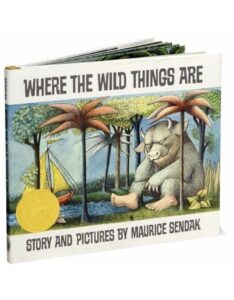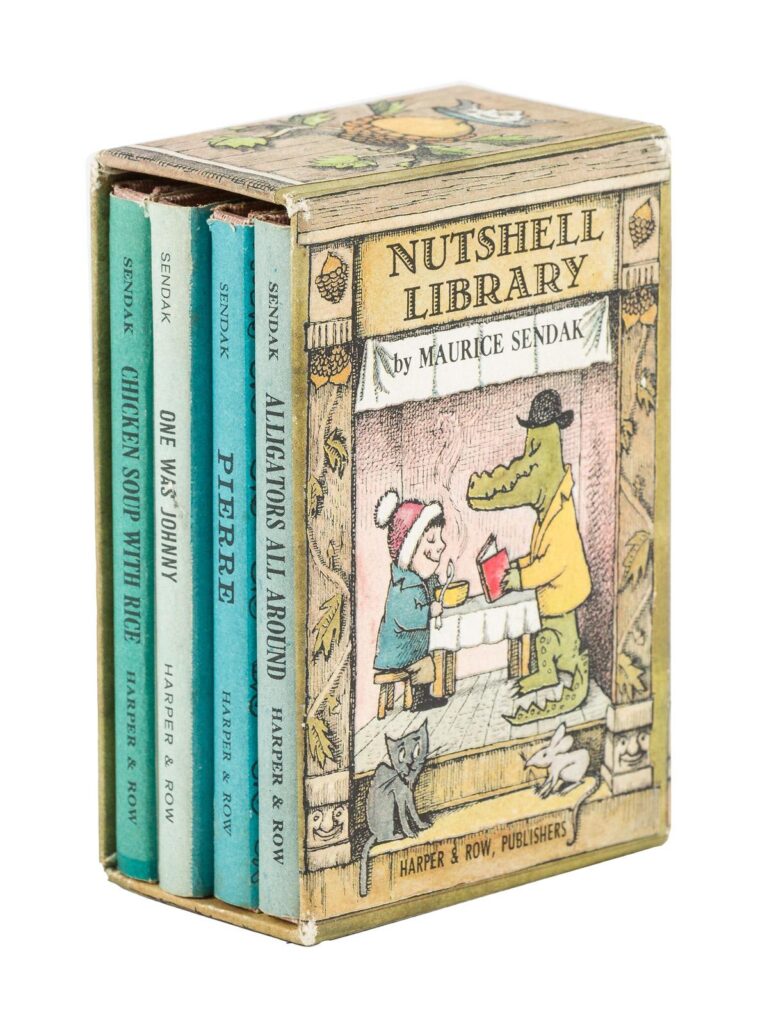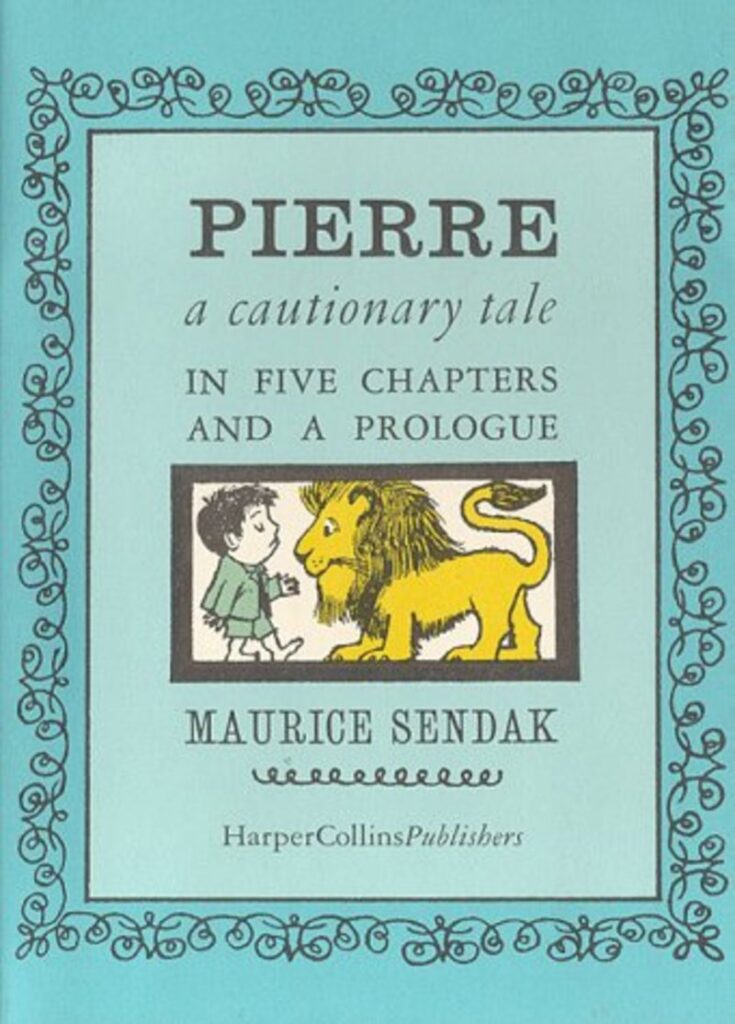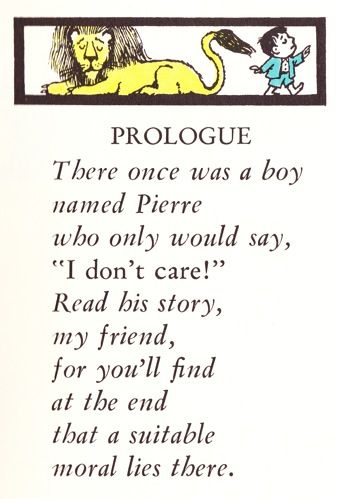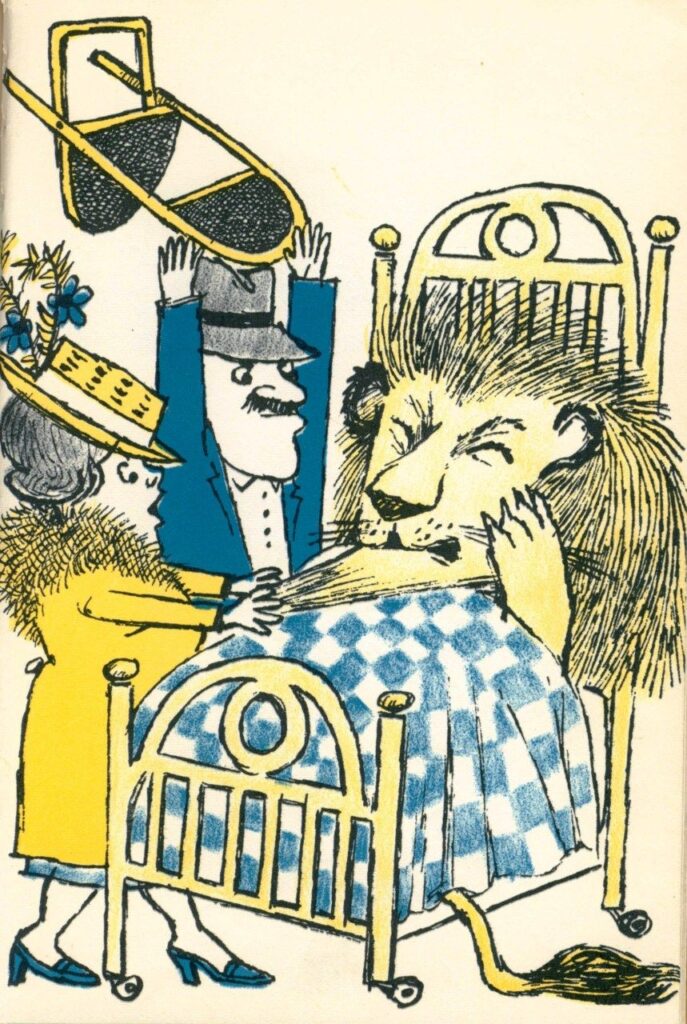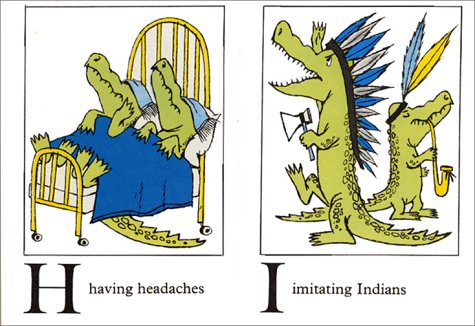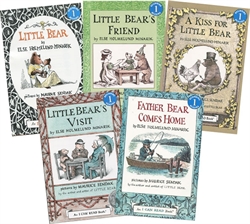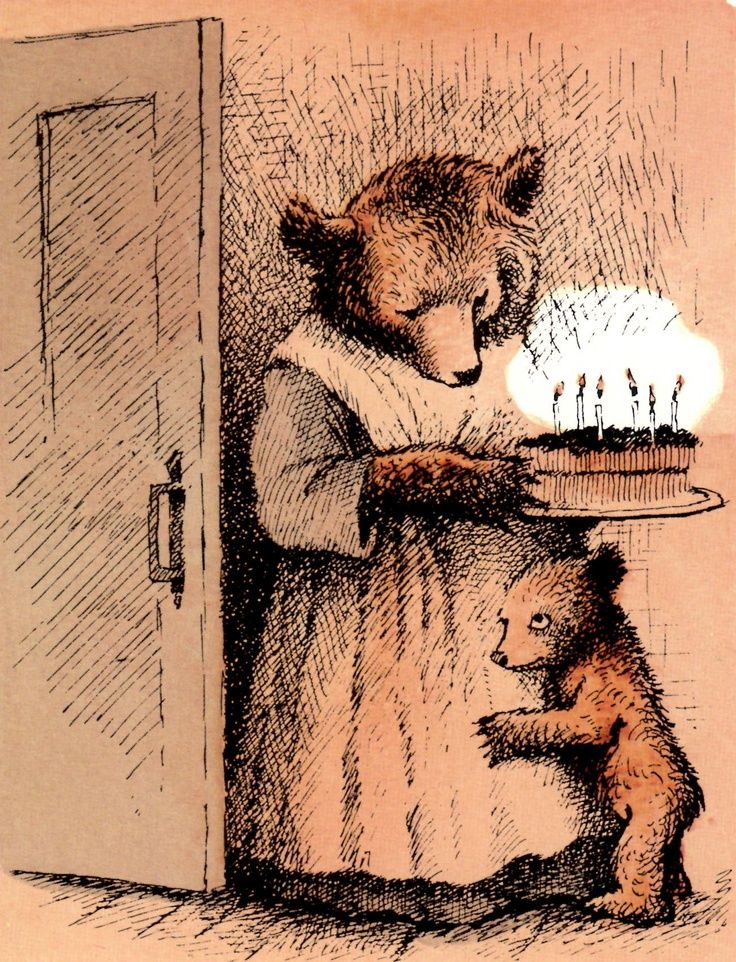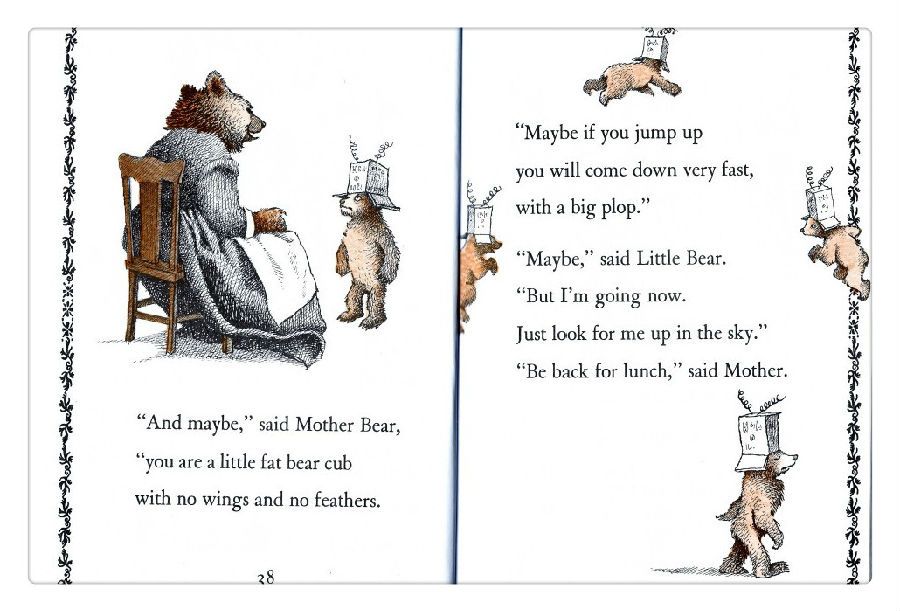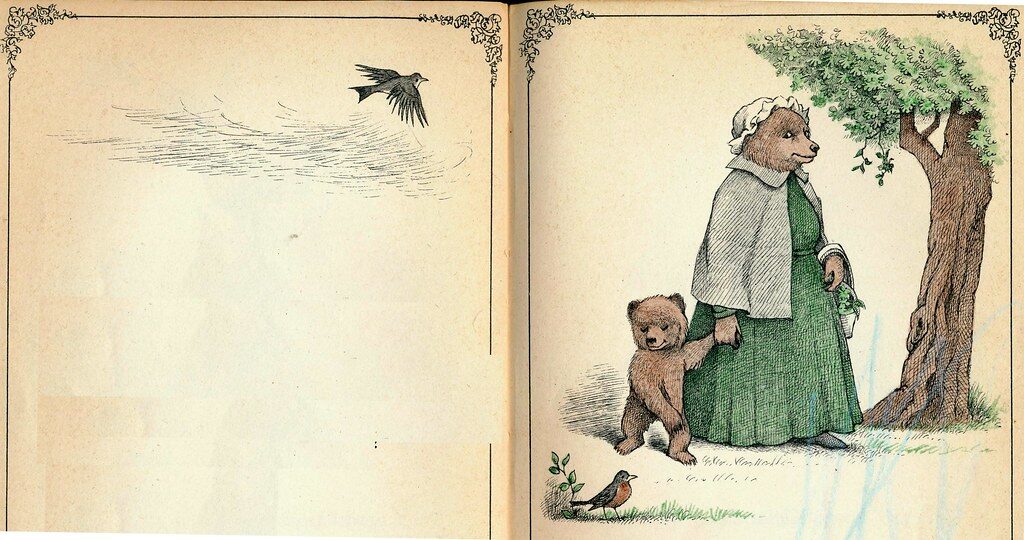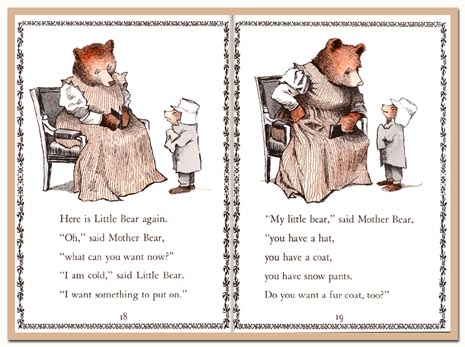Maurice Sendak – Interviews and Documentaries
Maurice Sendak ( 10 June 1928 – 8 May 2012) was awarded the Caldecott Medal for Where the Wild Things Are in 1964. This wasn’t the first picture book that he illustrated but it is definitely his most important one and most well known.
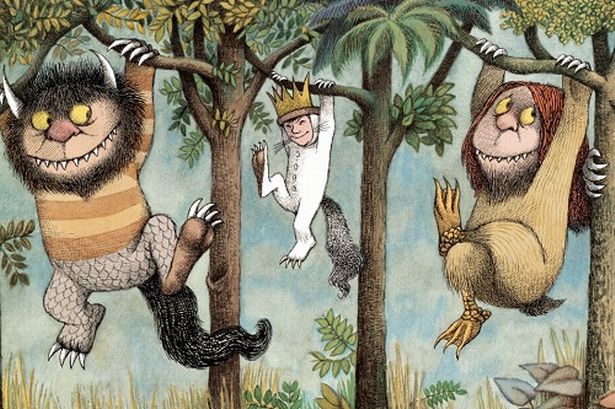
The book started its life as a dummy in 1955 and it was then titled Where the Wild Horses Are and it was created to music. In the interview below Sendak said that he is a big fan of music and always listens to his record player while writing his stories. The music he likes is mostly classical and he always tries to find just the right music for the mood.
It was not till 1963 however when he created a new book dummy that is very close to the printed book that we know of today.
Get your own copy by clicking on the image or the link below:
He mentions his favourite artists:
- Wilhelm Bush – German illustrator who had a great influence on Sendak
- Fables by La Fontaine with exquisite white and black illustrations by J.J.Grandville
- drawings by Goya
- Attilio Mussino – primarily because he was not afraid to break rules and was mixing styles in one book
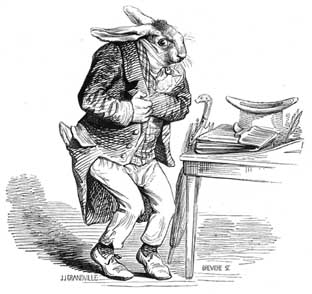
Interview with Sendak in his studio apartment
Very interesting interview with Maurice Sendak who claims he would rather be a musician than a writer, but still while listening to music he created some iconic picture books.
He said he doesn’t know why his book Where The Wild Things Are became so popular, perhaps because a kid yelled at his mother, or because the mother yelled at the child and sent him to bed without supper or perhaps because they were many monsters in a book. Nobody expected this book to do as well as it did.
Miss Nordstrom says that “Where the Wild Things Are” is of singular historical importance because “it is the first American picture book for children to recognize that children have powerful emotions—anger and fear as well as the need Max had, after his anger was spent, to be ‘where someone loved him best of all.’ ”
New Yorker
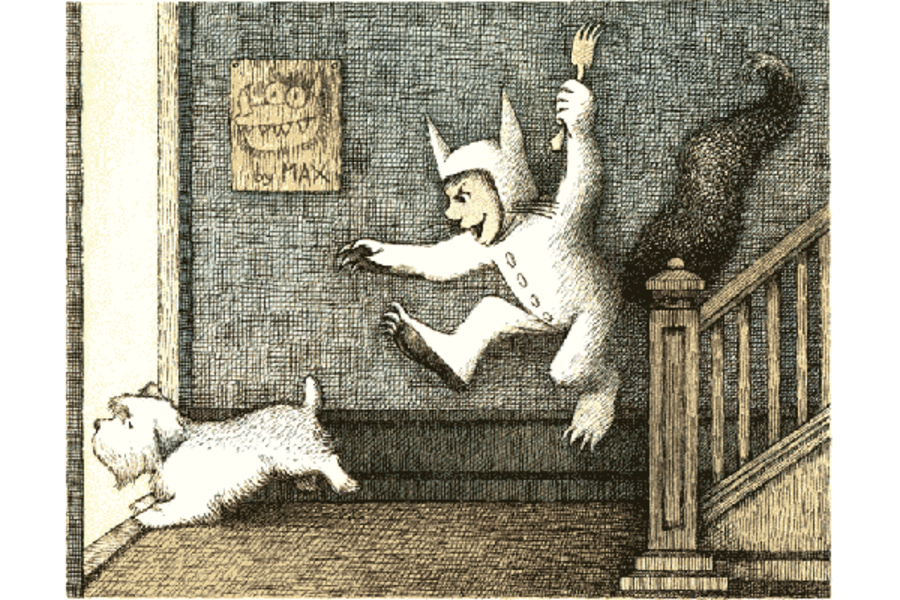
I do believe the huge success of this book is due to its splendid illustrations and magical realism. The fact that Max was obviously a naughty child helped a great deal too. Every child can relate and many children have been sent to their rooms for one reason or another. Add to this the Wild Things who were tamed by a little boy “with the magic trick of staring into all their yellow eyes without blinking once” and you have a recipe for an exceptional picture book. After all, everybody fancies being a hero. And a king of a faraway land.
Sure, Max enjoyed making rumpus, but after a while, he started to miss the ones who loved him the most. Somehow he knew they still loved him. Children need to know they are still loved even when they misbehave. They probably find this story very comforting, because when Max comes back home, a nice hot supper is waiting for him. A sure sign that his mother, however angry, still loves him to “where the wild things are” and back.
There have to be elements of anxiety and mystery in truthful children’s books, or, at least, there have to be in mine. What I don’t like are formless, floating fantasies. Fantasy makes sense only if it’s rooted ten feet deep in reality. In ‘Where the Wild Things Are,’ the reality is Max’s misbehavior, his punishment, and his anger at that punishment. That was why he didn’t just have a cute little dream. He was trying to deal with imperative, basic emotions.
Then, the fantasy has to be resolved. If Max had stayed on the island with the wild things, a child reading the book might well have been frightened.
Maurice Sendak, New Yorker interview
Children want and need to hear the truth
He believes in incorporating some truths into children’s books. Children need and want truths in books. He believes most children’s books are too “gilded”. Too far removed from the real world.
The need for half-truth books is the most obvious indication of the common wish to protect children from their everyday fears and anxieties, a hopeless wish that denies the child’s endless battle with disturbing emotions.
Maurice Sendak, New Yorker
Lecture from the Darien Library
Really lovely presentation by Maurice Sendak, in April 1994. Quite funny and charming at the beginning when he recalls his 16th birthday and meeting Marilyn Monroe, twice! The ending of his talk is pretty sad, but deeply moving. Children know and understand more than we give them credit for. You can skip the first 8 minutes of intro if you want.
Interview with Martha Stewart
Interview with Martha Stewart from April 2000 where he mentions that his favourite book he has done is Outside Over There because it is the most personal.
Sendak and his family life
And more info about Sendak and his family life:
Sendak’s advice
Sendak’s advice for illustrators is to make illustrations musical, dance-like and lively through adding motion. Static illustrations do not engage children.
What struck me this time was that Wagner, in some mysterious way, had made the atmosphere—the very night air—of Nuremberg into music. I could see the city and smell it. And that’s the kind of thing I want to convey in my illustrations. The pictures should be so organically akin to the text, so reflective of its atmosphere, that they look as if they could have been done in no other way. They should help create the special world of the story. When this kind of drawing works, I feel like a magician, because I’m creating the air for a writer.
Maurice Sendak, New Yorker interview
Sendak’s own books that he wrote and illustrated:
- Kenny’s Window (1956)
- Very Far Away (1957)
- The Sign on Rosie’s Door (1960)
- Alligators All Around (1962 )
- Chicken Soup with Rice (1962)
- One Was Johnny (1962)
- Pierre (1962)
- Where the Wild Things Are (1963)
- Let’s Be Enemies (written by Janice May Udry) (1965)
- Higglety Pigglety Pop! or There Must Be More to Life (1967)
- In the Night Kitchen (1970)
- Fantasy Sketches (1970)
- Ten Little Rabbits: A Counting Book with Mino the Magician (1970)
- Some Swell Pup or Are You Sure You Want a Dog? (written by Maurice Sendak and Matthew Margolis, and illustrated by Maurice Sendak) (1976)
- Seven Little Monsters (1977)
- Outside Over There (1981)
- Caldecott and Co: Notes on Books and Pictures (an anthology of essays on children’s literature) (1988)
- The Big Book for Peace (1990)
- We Are All in the Dumps with Jack and Guy (1993)
- Maurice Sendak’s Christmas Mystery (1995) – book & puzzle in a box
- Bumble-Ardy (2011)
- My Brother’s Book (2013)
From letters and from talking to parents and librarians, I’ve found out that, of the four books in the Nutshell Library, ‘Pierre’ is invariably the favorite with children. But here, too, I don’t know what level the child is reacting on. On one level, ‘Pierre’ is slapstick. Then, the text has a rhythmic quality—the repetition that kids like—and some children may be drawn mainly by that. On another level, Pierre is defiant—irrationally so, when it comes to the lion that finally eats him—and the child may enjoy a surface identification with the fun of rebellion. And, on a deeper level, Pierre is saying, ‘I’m me. I’ll be what I am and I’ll do what I want to do.’
Maurice Sendak
Some of the books Maurice Sendak illustrated for other authors:
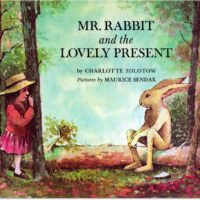
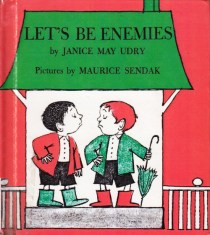

All the quotes are from a wonderful article from New Yorker magazine, from January 1966. You can read the full article here.
